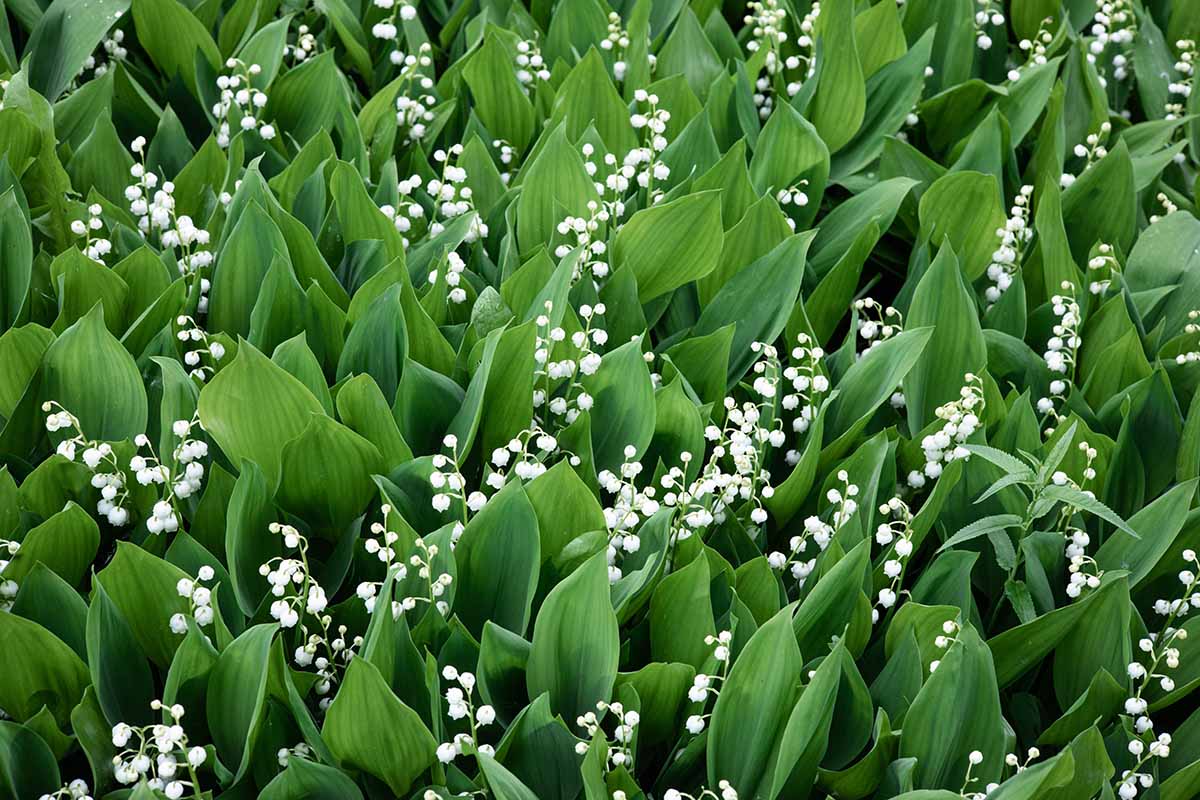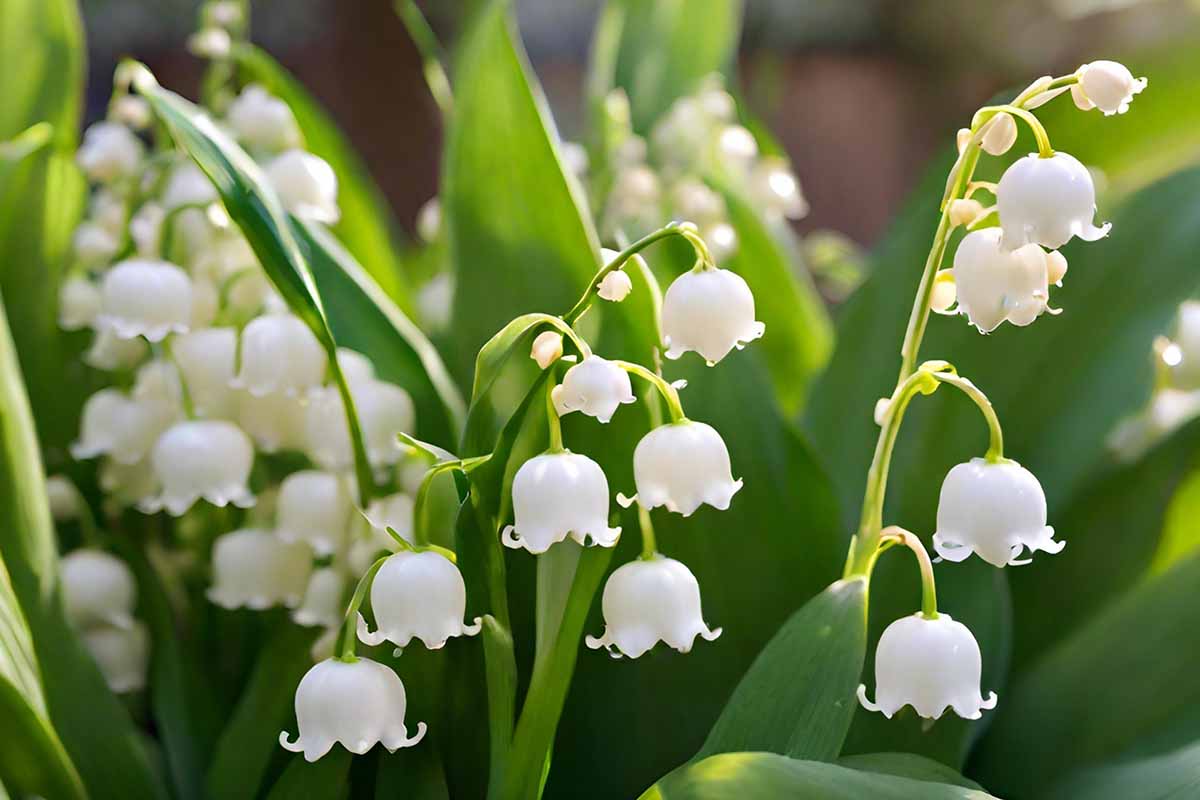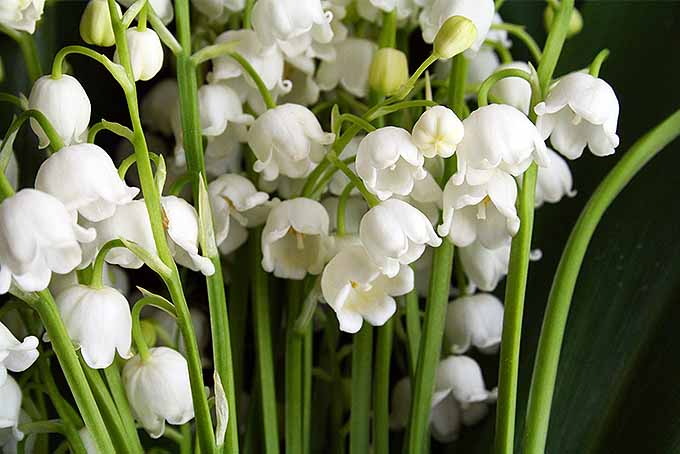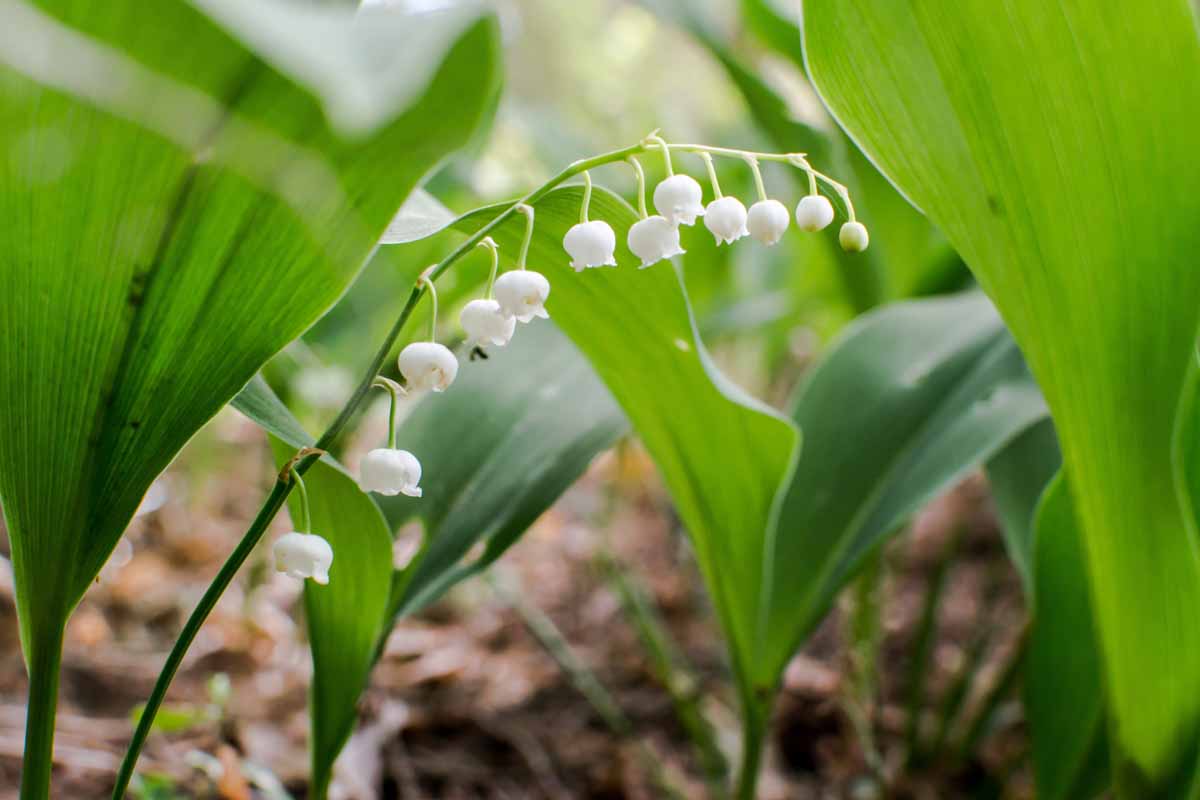Is Lily of the Valley Invasive?
You’ve probably heard the saying “too much of a good thing,” right? It applies to desserts and it applies to plants. Beloved garden favorites like lily of the valley can sometimes escape cultivation and become invasive menaces. Learn how to control lily of the valley in this guide. Read more now.



